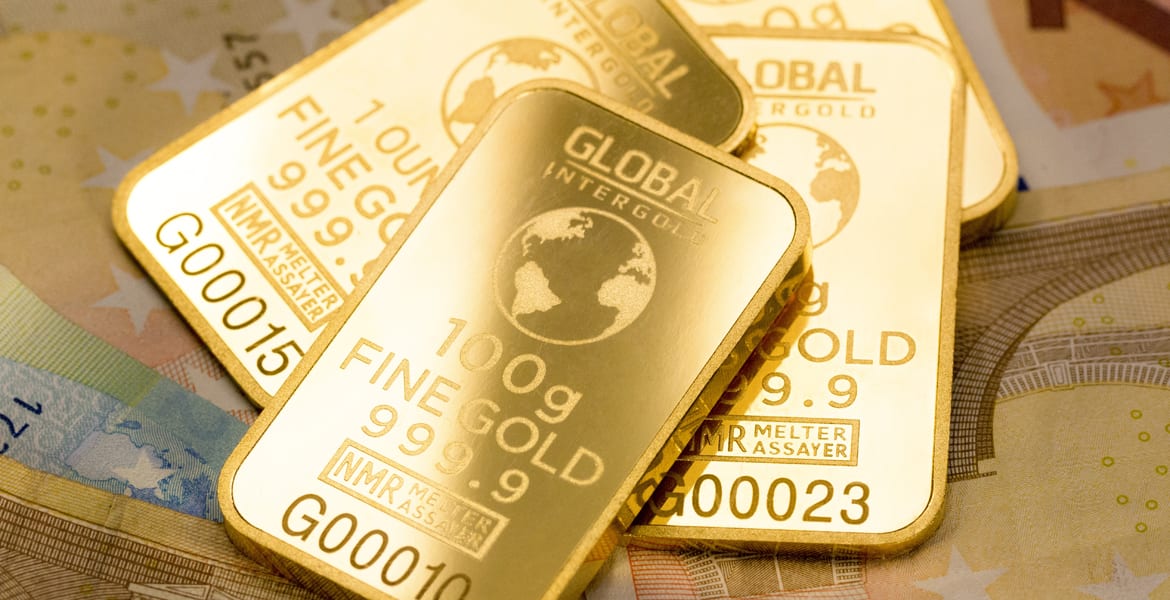During the summer and fall of this year, gold prices have risen by over 40 percent, leading to trading near $3,800 per ounce. The sharp increase has raised concerns among economists and investors.
One of the primary factors behind the price increase is US President Donald Trump's policy, which aims to reduce America's national debt. As part of this strategy, Trump hopes to weaken the dollar, making gold more attractive as a safe haven asset.
A weaker dollar makes gold cheaper for investors in other currencies, further driving up demand. Currently, one US dollar costs approximately €0.85, which represents a notable depreciation in just a few months.
Several major banks have raised their forecasts for gold prices. Goldman Sachs predicts that prices could rise to over $4,000 per ounce within a year, provided that central banks continue buying gold and investors increase their gold positions.
Despite the positive development, there are also warnings. Experts point out that gold prices can become volatile and that a sudden interest rate hike or improved global economic stability could lead to a rapid price decline.
Investors are therefore advised to be cautious and not put all their assets in gold.
The rapid price increase in gold reflects a world in economic uncertainty, where pressure on US finances and its currency policy could have far-reaching consequences worldwide.




